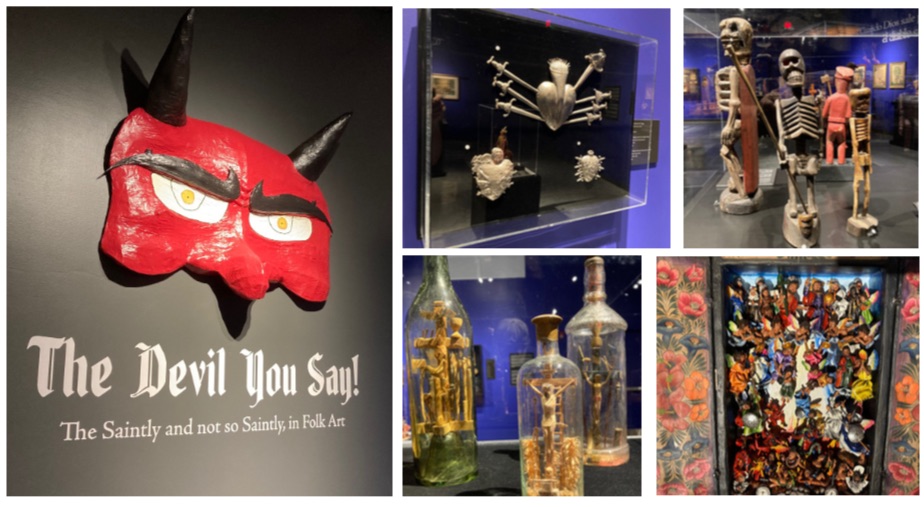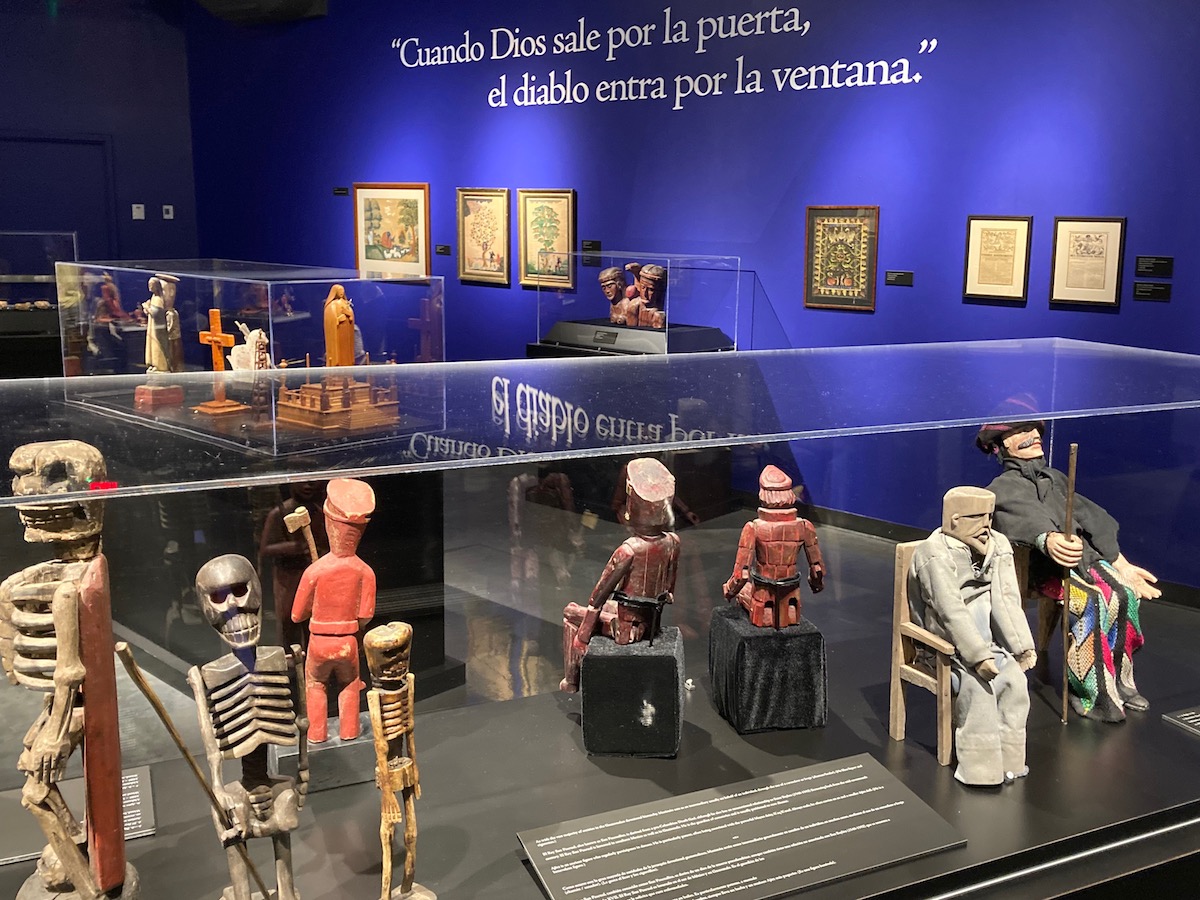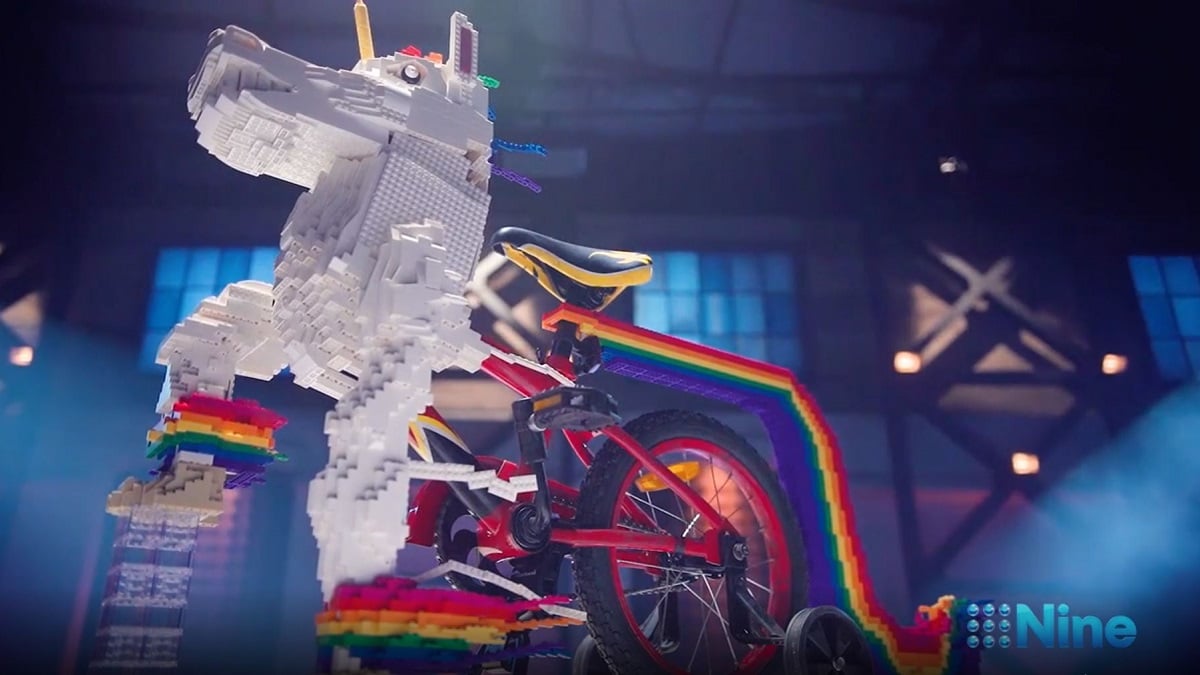With summer break coming to a close for my family, we took our daughters downtown for a local museum visit.
The current exhibits at our city museums, El Paso Museum of Art and Museum of History, featured a great selection of exhibits, from lowrider culture to railroad history to Mexican print art, European renaissance paintings, and contemporary works using LED lights.
It was an exhibit on angels and demons, “The Devil You Say! The Saintly and Not So Saintly in Folk Art” that really got my attention, as I realized many of the older pieces exhibited (most at least 300 to 350 years old with some as early as the 1200s) were done in almost the same methods. These were also done with similar materials to many of the newer, trendy DIY projects I have done with my own kids.
In short, “everything old is new again,” and everything in art is in some way connected.
There were masks, retablos (sculptures of religious iconography), artifacts, paintings, and a variety of mixed media work, all depicting the sinners and saints, devils and angels associated with both Christian theology and popular folklore from North and South America. They blended Indigenous and European beliefs as well. Subject matter aside, the impressive diversity of pieces in this one exhibit focusing on one particular subject showed how artistic, creative thinking has always been hardwired into the human experience.

A few brief examples:
- There was one elaborate paper cut piece of the Garden of Eden that looked like it could have been a modern-day snowflake pattern or a paper template.
- There were chapbooks and wood cutout prints that were done in a block method of mass-producing prints still used today in art printing.
- There were movable wooden cutouts of skeletons in wood that were almost like centuries-old action figures.
- The walls were covered with an array of paintings and drawings on wood, canvas, metal, and clay that emphasized the practicality and variety of upcycling materials.
- There were raised images on glass bottles that looked like some very early version of commercial art.
- There were masks, wooden carvings of devils and demons used to disguise, scare, or entertain. This art form is found in every nation through every century and is still used today, whether they are latex, paper mache, paper, or digital photo filters.
In addition, there were some contemporary pieces, like a Loteria (Mexican Bingo) card depicting El Diablo and a Peruvian-made shadowbox retablo depicting the chaos of the Las Judgment.
All of these items, that came from different countries, different centuries, and different mediums, seemed to flow together beautifully, as no matter how old or new, they all wanted to tell similar stories to their generation and the ones to follow.
It reminded me of when I was back in high school. I had a theatre teacher who used to tell us “nothing is new.” Every idea for a movie, story, painting, or song has been done before. It is just a matter of changing, adding, and updating some names, places, and details to make it your own.
That’s fine with me. It is, in a way, comforting to know that although each generation finds something new about which to be passionate, they often turn to the styles, themes, and practices of those in past eras to use for inspiration.
Although the stories and methods of many emerging artists today seem “groundbreaking” and modern, they aren’t necessarily new. Even the world of digital art looks best when drawn with a paintbrush-mimicking stylus, and the LED art I saw that same day is the beautiful evolution of elaborate show art with lanterns and glass.

I am not disparaging or criticizing new artists and art methods today. As a matter of fact, I love to see what is fresh and different out there. Each new artist has contributed their own personality to their work. A story may be familiar, but there will always be new and unusual ways of telling it. The styles or methods may be age-old, but each artist has a spin on their own works no one but them can create.
Many museums have an activity or drawing sheet and suggestions for young visitors to look at the art that inspires them and create something of their own. As a parent and art lover, I appreciate this little extra.
Even if the art is their own copy of something that is already out there, it will be both a combination of “old” and “new.” The newness of it, however, will be what they decide to add.
I guess you could say, “The Devil” is in the details.




